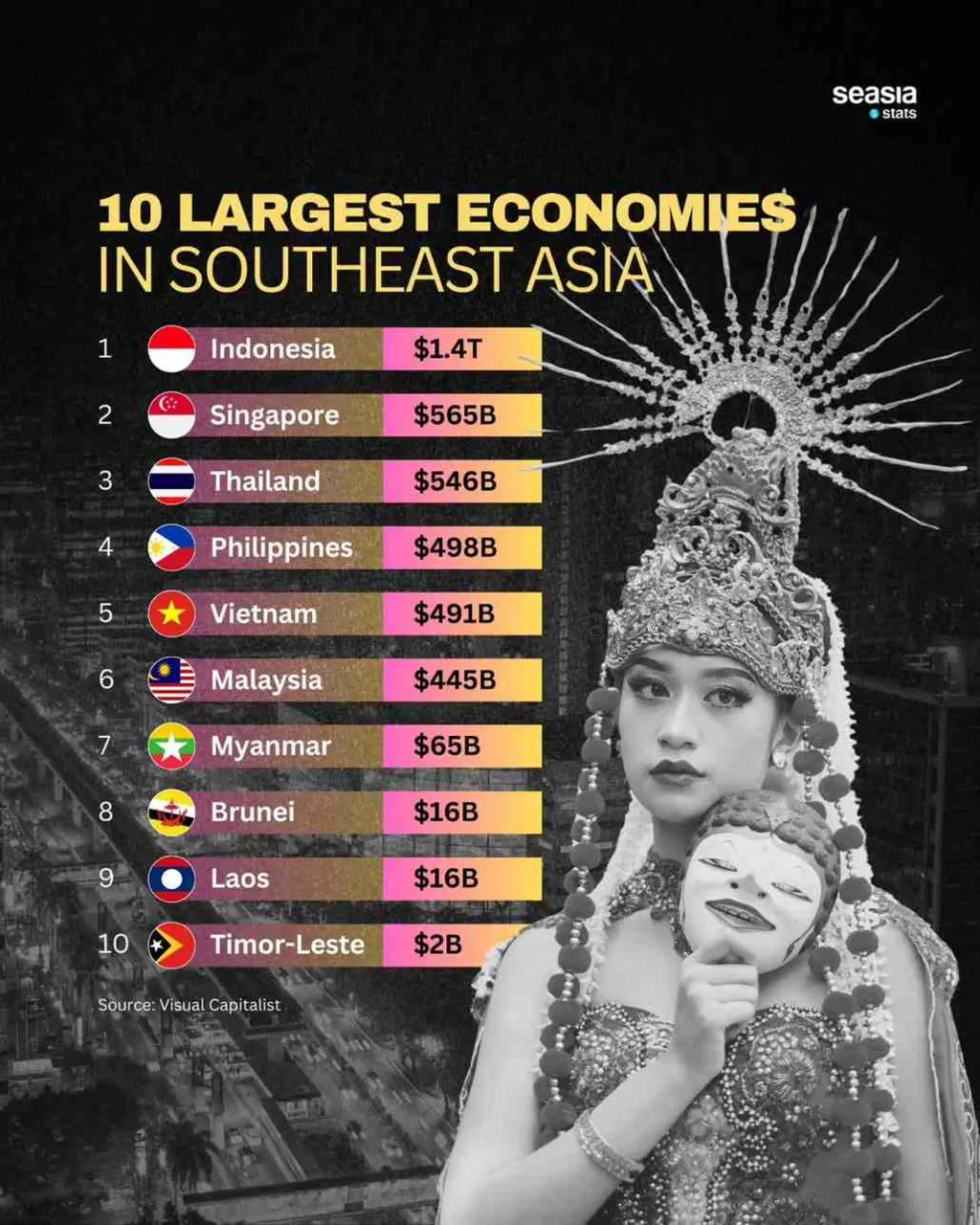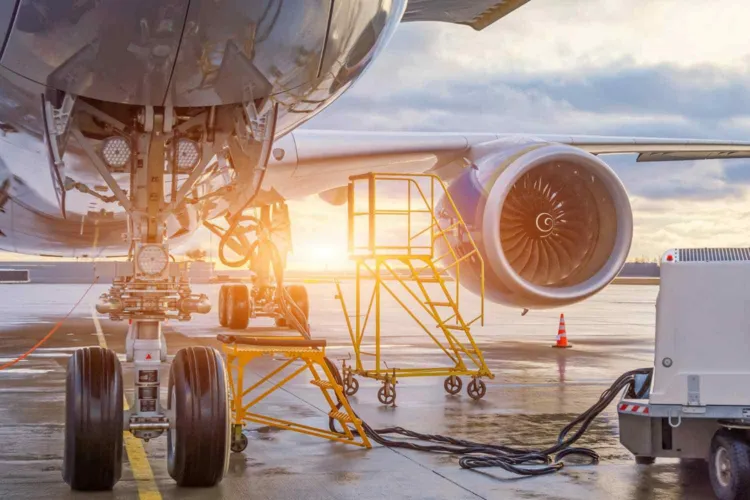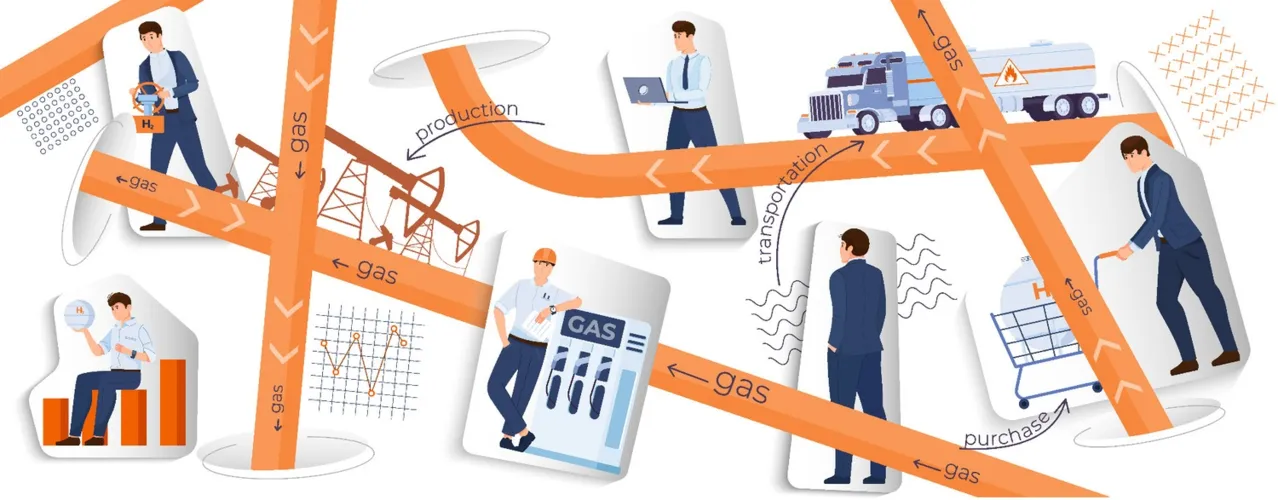The 2025 Southeast Asia Influence Index (SAII v3) is reshaping how we understand power in the region. This year’s report offers a data-driven, transparent view of how each country in the ASEAN bloc influences its neighbors through economic, military, diplomatic, and technological strength. For the first time, the updated model, called Southeast Asia Influence Mapping, confirms a clear regional structure: Indonesia, Singapore, and Malaysia dominate the influence landscape, followed by a competitive mid-tier of Thailand, the Philippines, and Vietnam.
Southeast Asia Influence Mapping Power in the ASEAN Region
SAII v3 is not a political opinion. It’s a scientific measure. Using equal-weight integration of entropy weighting, CRITIC, and PCA methods, the index delivers fair and reproducible results. These methods allow every dimension of influence to be assessed objectively, avoiding bias and data distortion.
To ensure accuracy, the system applies a three-tier standardization chain (quantile, Box-Cox, and min–max scaling) to clean data and control outliers. The results show strong consistency with past versions, backed by a Kendall’s Tau of 0.818, proving high reliability.
Read Also: ASEAN's Rise: SEA Influence Index Trends Reveal Shifting Power
Economic Strength Leads the Way
The index finds that economic power remains the most critical driver of influence, contributing 35-40% of total weight. This reflects the strength of ASEAN’s trade and investment networks, which continue to grow despite global uncertainty.

Indonesia, as the region’s largest economy, continues to lead with unmatched market scale and political reach. Singapore, though smaller in population, secures second place through financial sophistication, connectivity, and strategic diplomacy.
Read Also: Southeast Asia Influence Index Rise Is Led by Indonesia and Singapore
Military and Technology Reshape the Balance in Southeast Asia Influence Mapping
While economics is still the anchor, military and socio-technological power now play larger roles than ever. Military capacity accounts for 20-25% of the total score, reflecting each country’s ability to project stability and defend national interests.
At the same time, socio-technological influence — roughly 15% — captures how countries leverage innovation, digital adoption, and human capital to build soft power. This shift highlights how influence is no longer measured only in trade or troops but also in connectivity and innovation ecosystems.
Diplomacy and Intra-Regional Strength
Diplomatic strength, weighted around 20%, remains a defining force in ASEAN’s balance. The region’s nations collectively exert more influence on each other than any external power, including China or the United States.
This reinforces a critical insight: Southeast Asia is increasingly self-shaped. Intra-regional cooperation, shared economic frameworks, and active diplomacy among ASEAN members have built a resilient ecosystem of mutual influence. Rather than being defined by outside forces, the region is steering its own path.
Southeast Asia Influence Mapping: A Nuanced and Reliable Model
The 2025 SAII v3 confirms a “one-strong, two-medium, three-stable” structure — Indonesia as the strongest influencer, followed by Singapore and Malaysia, and then Thailand, the Philippines, and Vietnam forming a steady mid-tier.
Beyond rankings, what stands out is the model’s credibility. Its data-driven and reproducible framework ensures decisions are based on real metrics, not perceptions. Repeated testing through bootstrap iterations and weight perturbation confirms the stability of results.
This level of rigor makes the index not only an academic reference but also a valuable tool for governments, businesses, and analysts tracking the pulse of regional power.
Exploring Southeast Asia Influence Mapping Further
The Southeast Asia Influence Mapping initiative reveals how multi-dimensional forces shape the region’s future — from digital innovation to defense readiness and economic resilience. Organizations, policymakers, and investors can use these insights to better understand ASEAN’s internal dynamics and future directions. To explore how Market Research Southeast Asia, a global consulting firm, can help interpret or apply these findings to your strategy, contact our experts or learn more about our regional analysis services today.







